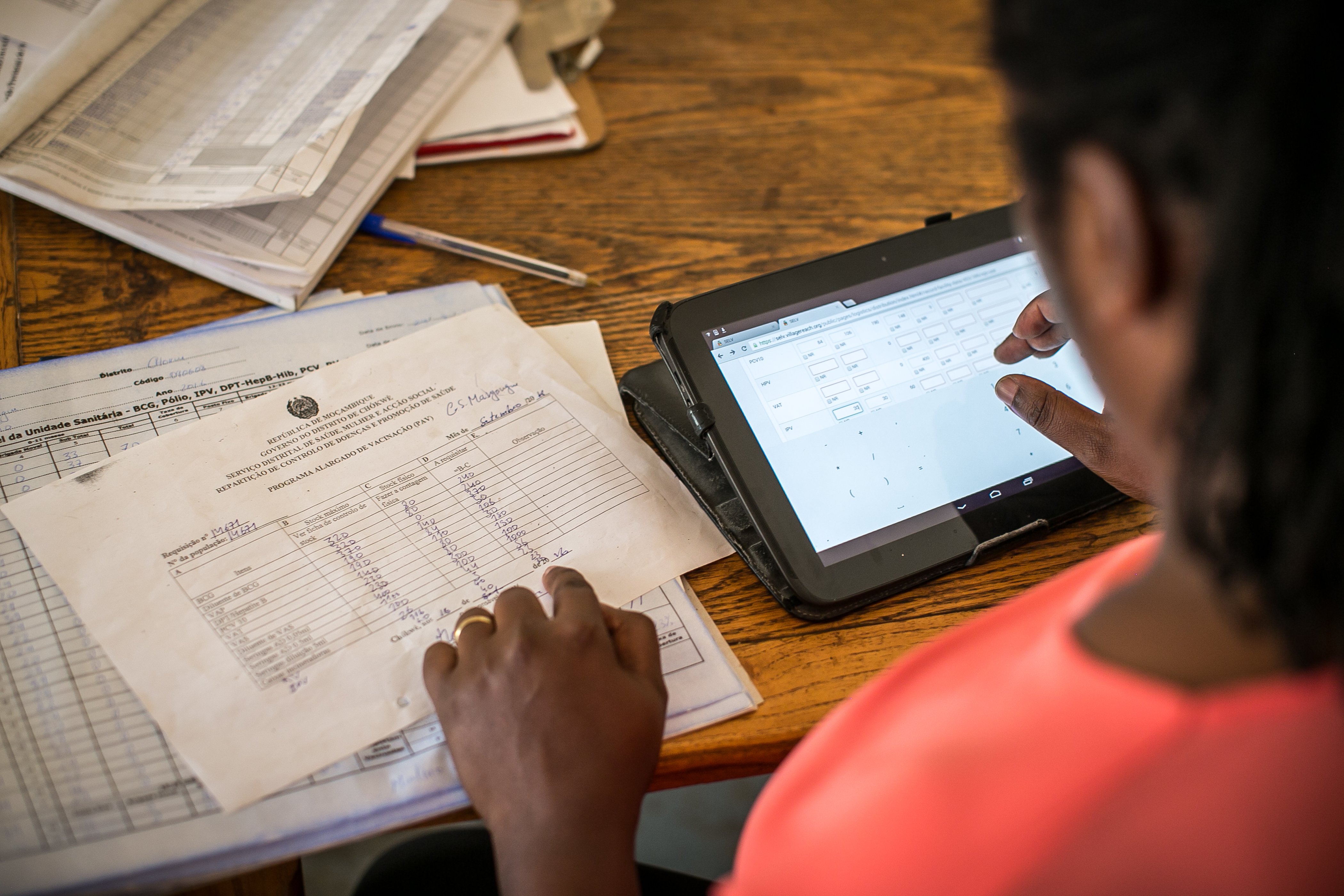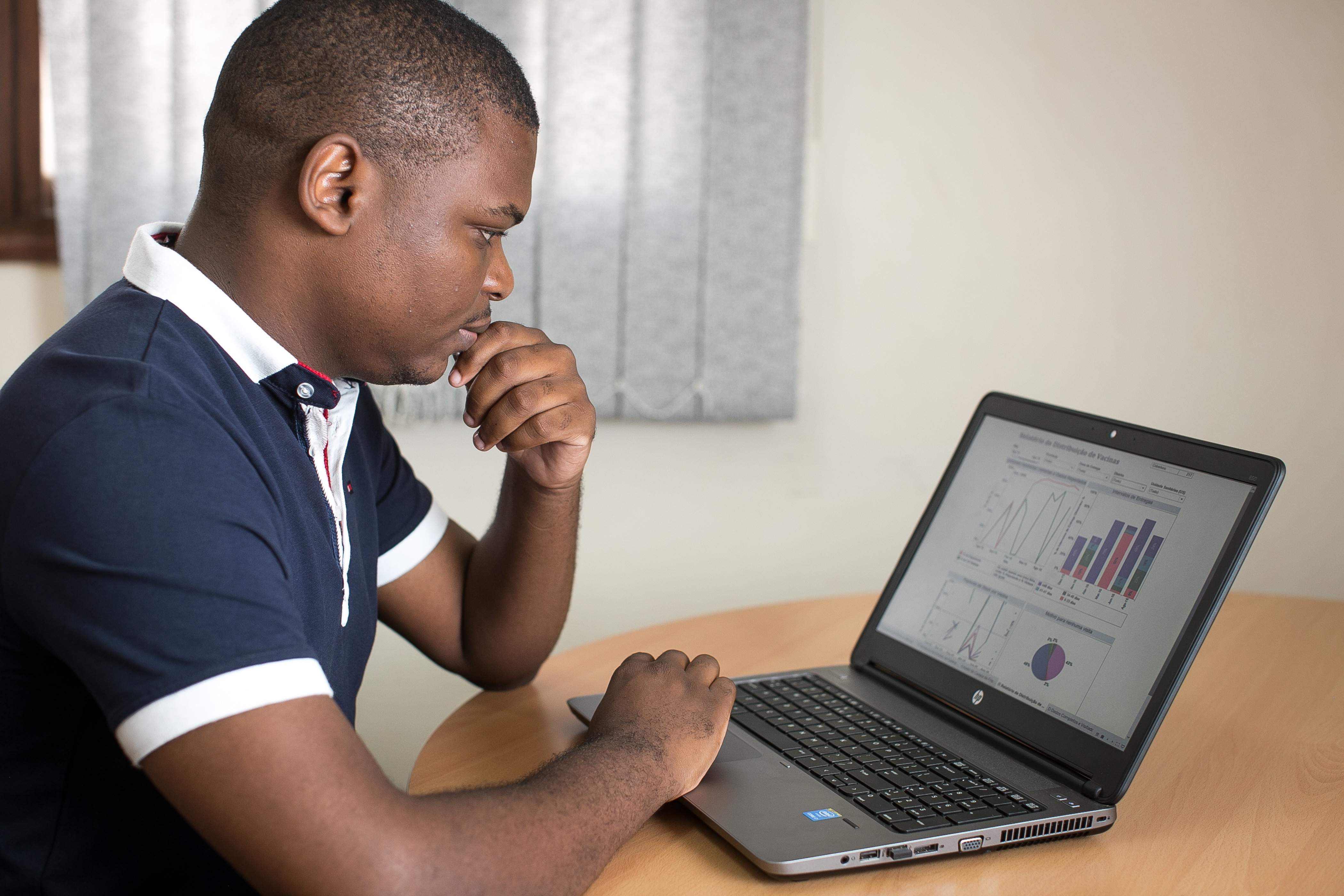OpenLMIS launched in 2012 to fill a glaring inefficiency in the healthcare sector: low- and middle-income countries often rely on paper-based systems to manage procurement and supply within public health supply chains.
As an electronic logistics management information system for governments with limited resources, OpenLMIS offered an alternative. It now serves over 11,000 health facilities in nine African countries, where it has reduced health supply chain inefficiencies, improved health outcomes, and saved lives.
And yet OpenLMIS—which has been funded by a handful of large donors, including USAID and the Bill & Melinda Gates Foundation—recently came to terms with the question that all open source or donor-led innovations must face: What does long-term financial sustainability look like?
To answer this question, Resonance supported the OpenLMIS Community in a partnership development process to:
- Design and assess different models to achieve financial sustainability
- Select the most viable model for OpenLMIS
- Seek a strong private sector partner with aligned interests to move the model forward
Based on our work, we've uncovered three ways to create a sustainable business model through partnership development.
3 Ways to Build a Sustainable Business Model Through Partnership Development
Let's break down the partnership development process and illustrate how companies, governments, foundations can leverage cross-sector collaboration to implement a sustainable business model that enables long-term financial sustainability and self-sufficiency.
1. Design a Sustainable Business Model That Works
We looked closely at three different possible sustainable business models for OpenLMIS’s long-term financial sustainability and self-sufficiency:
- OpenLMIS could spin-off a non-profit to manage the software
- Partner with a private organization
- Adjust software license and release the code to the broader community
The specific contours of this decision were closely tied to the unique landscape in which OpenLMIS operates, and the best options for another open source technology might be different. But here’s one thing that’s always true: the general partnership development process must, before all else, be community-driven.
2. Select the Most Viable and Sustainable Business Model
Through in-person meetings, global real-time webinars, online surveys, workshops, and more, Resonance involved members of the OpenLMIS Community at every step of the way. This culminated in an intensive community meeting in 2019 in which a vote determined that private sector partnership would be the best way forward.
At the core of this decision was the belief that allowing OpenLMIS to operate within the portfolio of a larger company would give OpenLMIS access to shared services, a larger sales network, and market-led pathways for sustainability and scale. OpenLMIS would retain its open source status while offering the software a larger footprint, opportunities for technical enhancements, and new ways to capture revenue.
3. Identify an Ideal and Aligned Partner
Once we agreed on an approach, the next challenge was identifying the ideal partner. We used three overarching themes to structure the partnership development process:
- It had to be inclusive - That is, we designed our call for private sector partners to attract a range of organizations, from small social enterprises to large corporations. We also cast a wide geographic net, with applications coming in from all across the globe.
- It had to be comprehensive - Particularly as the list of potential partners shortened, we looked closely at each prospective partner, striving to thoroughly map the nuances of what each partnership would look like on the ground.
- It had to be transparent -We invited a cross-section of the entire OpenLMIS Community to participate. This guaranteed that everybody understood the effects of a decision to partner with a private sector organization and that they could participate in the search for a future partner.
As we engaged in this search, a crucial step was to clearly articulate the mission of OpenLMIS and ensure that the selected partner would reinforce this mission. Successful partnership development requires people to be working on the same problem. While different organizations may apply different metrics for success, a common goal must sit at the center of their work.
By clarifying the mission of OpenLMIS from the start—and making it clear that we expected the ultimate business strategy to reflect that mission—we were better able to attract aligned partners who would continue to invest in OpenLMIS as a core asset, rather than as a side project.
Another key step: We had to go into the search with a clear expression of the tangible value that OpenLMIS—an open source healthcare software and global good—could provide a private sector partner. The team made clear that OpenLMIS could offer, for instance, a robust partner network and a strong local user base.
The team narrowed 23 possible private sector partners down to three finalists. Over six weeks, Resonance and the OpenLMIS Community then hosted a series of intensive meetings with each of the finalists to map out operational and financial alignments. Finally, we compared these three different partnership blueprints along several dimensions to determine the best path forward.

Build Your Sustainable Business Model Through Partnership Development
In the end, the OpenLMIS Governance Committee voted to secure a partnership with Vitalliance—a joint venture between Imperial, the largest logistics provider in Africa, and the U.S.-based One Network Enterprises, a leading global provider of supply chain control towers.
For OpenLMIS, this partnership will enhance its software capabilities; provide for better planning and logistics; expand its market reach to more African countries (Imperial serves 20 countries on the continent); and unlock access to advanced technologies, such as One Network’s intelligent control towers. Broadly speaking, by partnering with Vitalliance, OpenLMIS has the long-term stability and geographical reach it needs to continue fulfilling its mission.
Vitalliance, meanwhile, gains a rich community of OpenLMIS users. While maintaining the software’s open source status, Vitalliance will also explore revenue models for a range of service tiers to attract a paying commercial customer base. This is a key step to allow OpenLMIS to become financially self-sustaining, helping to ensure the extension of critical services to low- to middle-income countries well into the future.
Companies, governments, and foundations should consult with experienced partnership development experts to assess and design a future-proof business model that enables long-term financial sustainability and self-sufficiency.
Photos courtesy of VillageReach and Paul Joseph Brown.
Editor's Note: This post has been updated for accuracy and current best practices.


